
Nature's Claim | Illustration by Raoul Vitale
Removal seems to be one of the most contentious elements of an EDH deck. I’ve played many games with players who proclaim they play no removal because it ruins the spirit of the format, but I’ve played just as many with players who want to see you do a cool thing but pack enough removal to ensure it doesn’t kill them.
These varying attitudes make it tricky to know how much removal you should run and what kind. The true answer varies from playgroup to playgroup and depends on your style, but there are some guidelines you can use.
Let’s look at how much removal you should run in EDH and what types of removal are the strongest!
How Much Removal Should You Run in Total?

Destiny Spinner | Illustration by Livia Prima
I like to have at least 8-10 removal spells in my Commander decks as part of a 15- to 20-card interactive suite of cards. What’s the difference between removal and interaction? Removal, well, removes your opponents’ cards. I’ll break down specific kinds of removal in a moment, but Swords to Plowshares and Nature's Claim are two excellent examples.
Interaction broadly refers to any effects that interact with your opponents’ cards. Drannith Magistrate and Destiny Spinner are great examples of interaction that disrupt your opponents without removing any permanents. With these definitions, removal would be a sub-group of interaction.
I want to see at least two or three removal spells in a game. I value interaction highly, especially as Magic cards get pushed further and further. Some players play less removal with the strategy that their opponents also have interaction to deal with threats. That’s true, but there’s no guarantee your opponents will remove the card threatening your game plan, and counting on your opponents to make plays convenient for you frequently backfires.
It's best to diversify your removal options between those 8-10 (or more) cards. This means having removal to deal with multiple card types. If all of your removal only kills creatures, you’ll be in trouble when you run into Arcum Dagsson or Go-Shintai of Life's Origin, commanders that heavily rely on non-creature permanents. Diversifying your removal also means playing multiple types of removal.
Which Type of Removal Is Best?
Single-Target Removal
Also called spot removal, this type of removal deals with a single target. These typically destroy, exile, or deal damage to their targets. The best part of spot removal is its efficiency. Cards like Swords to Plowshares, Path to Exile, and Nature's Claim are among the most efficient removal spells in the game and often trade up on mana. These are the gold standard of removal in 1v1 formats.
Spot removal has a distinct weakness in Commander: You have several opponents! Let’s say you’re in a pod with three other players. You’re player A. Player B plays something like Sheoldred, the Apocalypse that demands an answer, so you cast Swords to Plowshares.
Threat neutralized! And you spent 1 mana to Player B’s 4. But you’re slightly down in the exchange. You and Player B have each given up a resource in this 1-for-1 trade, but Players C & D invested nothing. They’re still holding the same number of cards each, leaving you (and Player B) disadvantaged.
Some spot removal (I like 3-5 pieces) is essential to ensure you can deal with must-answer threats. Try to get 2-for-1s or more from your spot removal. Planeswalkers like Chandra, Torch of Defiance, or creatures with removal-based ETBs like Nekrataal and Skyclave Apparition are spot removal with extra value. You can also run single-target removal like Bitter Triumph that synergizes with your deck.
Bounce Spells
Anybody who’s faced an overloaded Cyclonic Rift might think bounce effects are OP but the opposite is generally true in Commander. Bounce spells like Vapor Snag and Fading Hope consume a card for a temporary advantage.
Let’s return to our pod example. Player B plays their Sheoldred. You fire off Vapor Snag to stop it… and they replay Sheoldred next turn. Now, instead of you and Player B having one less card, you’re the only player who’s lost a spell. Well-tuned, aggressive Constructed decks leverage this tempo well but it’s much trickier in Commander since players have high life totals. This form of removal also flounders against creatures with powerful ETBs.
Bounce spells can be useful, especially when attached to a creature. Cards like Aether Channeler and Venser, Shaper Savant pair well with flicker effects like Soulherder or Thassa, Deep-Dwelling for repeated value (though it’s still not as good as an honest removal-creature like Solitude).
The best bounce spells bounce everything, like Cyclonic Rift or Scourge of Fleets, but those fall under the territory of board wipes.
Edicts
Edicts force players to sacrifice permanent(s), usually creatures. For EDH, you want to play edicts templated so each player or each opponent sacrifices a creature, like Plaguecrafter or Tithing Blade.
Edicts have a definitive weakness: Your opponents will always choose to sacrifice their worst creature, so they might not sacrifice the card you want them to. But the upside is a great trade! Plaguecrafter affects all players in Commander, putting each player down a resource. A couple of death-based synergies like Midnight Reaper or Grave Pact extend this value further.
I consider edicts niche but highly exploitable with the right build. They’re also fantastic against Voltron decks that pile all their cards onto a single creature and usually have hexproof or indestructible to dodge targeted removal.
Board Wipes
Board wipes are cards that remove all (or most) creatures by exiling, destroying, dealing damage to, bouncing, or giving them all -X/-X (or -1/-1 counters).
Hot take: Commander players should play way fewer board wipes. Like, one or two max unless they’re playing superfriends or another strategy that doesn’t care about creatures. Board wipes put your opponent behind, but setting yourself behind as well isn’t worth it.
That said, I highly recommend playing asymmetrical board wipes like Cyclonic Rift and Winds of Abandon. Lots of archetypes have asymmetrical board wipes that work for them, like Hour of Reckoning, Organic Extinction, or Crux of Fate.
These are superior to symmetrical board wipes (i.e. Wrath of God) because they retain your board state. They often win the game because you keep all your pieces while your opponents have next to nothing.
What Can Affect How Much Removal You Need?
Playgroup Sensibilities
This is probably the most crucial factor that influences your removal needs. Does your playgroup prefer avoiding removal? That’s totally fine! Play as little as you think is appropriate. But if every other player has 20 interactive pieces, it’s best to run roughly the same number so you can keep up with them.
Local Meta
This differs from your playgroup because it influences the types of removal you want. Edicts might be better than spot interaction in a meta filled with Voltron decks helmed by commanders like Uril, the Miststalker. A token-heavy meta encourages extra board wipes, symmetrical or not, while a heavy blue presence increases the value of Allosaurus Shepherd and other anti-counter tech.
Deck Theme
Some decks want more removal than others. The more controlling your deck is, the more removal you need to get to the late game. These decks likely want more board wipes as well.
On the flip side, aggressive decks want to restrict their removal to ensure they have plenty of efficient creatures to pressure with and will avoid wraths that set them behind, favoring spot interaction to deal with specific threats.
Removal vs. Counterspells
Ideally, your EDH deck will balance both. Which is stronger? That depends. Countermagic has the advantage of preventing your opponent from getting any value from their spell; a countered Etali, Primal Conqueror casts no additional spells, while Swords to Plowshares isn’t great once the dino resolves.
The flip side is that countermagic does nothing once a threat resolves. Once Etali hits the board, Counterspell won’t do anything. Countermagic becomes more valuable as the power level of decks increases, as you’re more likely to run into combos that need to be answered on the stack before they resolve.
Removal vs. Hand Disruption
Targeted hand disruption is bad in Commander. Don’t play Thoughtseize and friends; it trades 1-for-1 like Swords to Plowshares but gets less effective the later the game goes.
Ways to make all players or your opponents discard cards can be useful. Bottomless Pit, Necrogen Mists, and Liliana of the Veil eat away at your opponents' hands and are particularly useful against reactive decks that want to hold up countermagic.
Commanding Conclusion
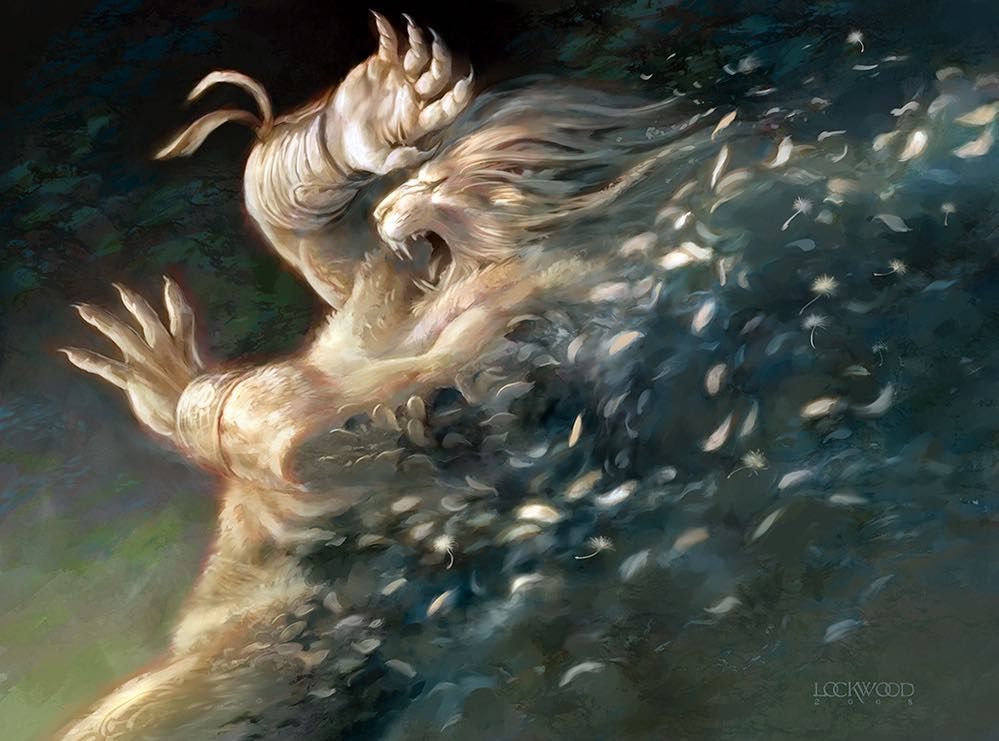
Path to Exile | Illustration by Todd Lockwood
For my money, having access to multiple removal spells in a game makes things more interesting. Not only do they smooth out your game by preventing you from dying, but they can also be used as political tools! Who hasn’t bargained with a player to keep their commander around?
How much removal do you play in your EDH decks? What do you think about board wipes in Commander? Let me know in the comments below or on the Draftsim Discord!
Stay safe and remain interactive!
Follow Draftsim for awesome articles and set updates: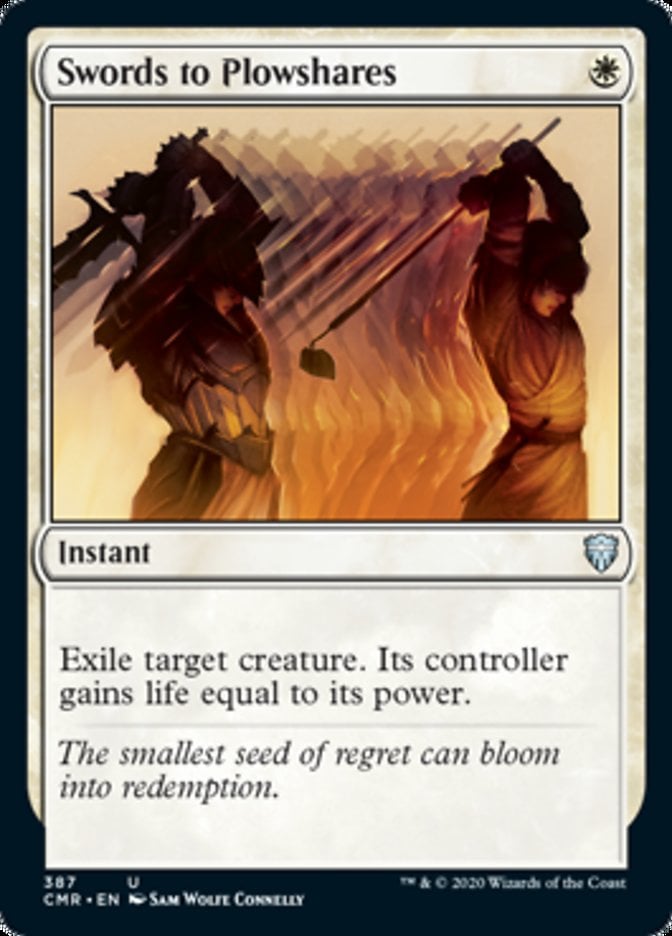

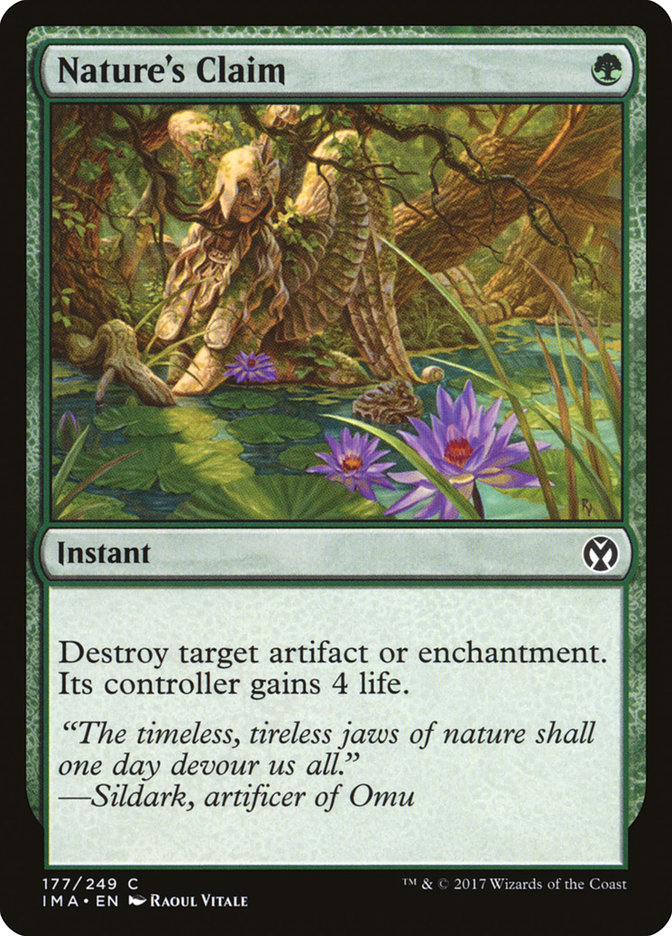
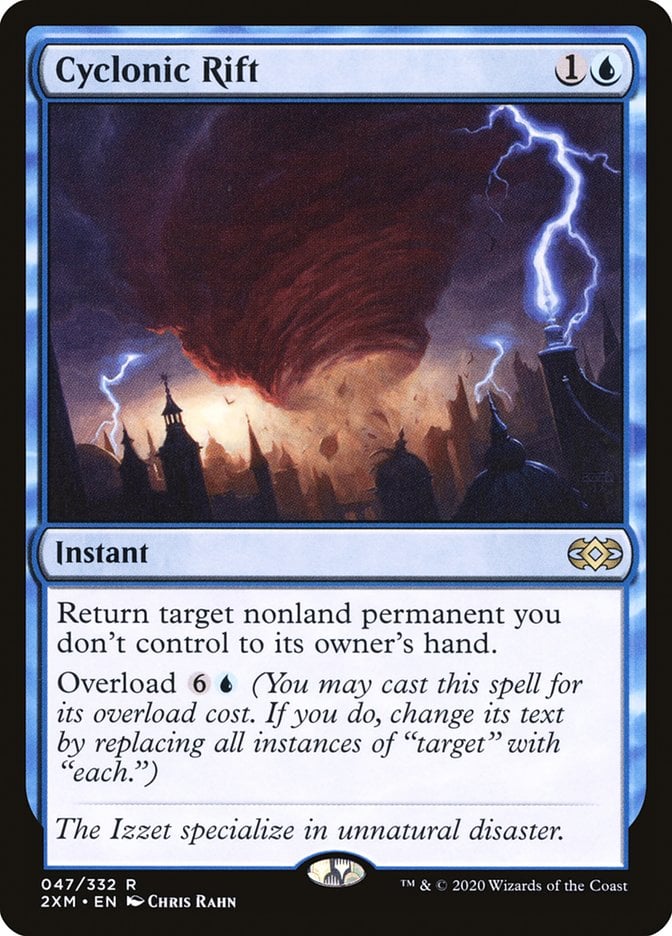
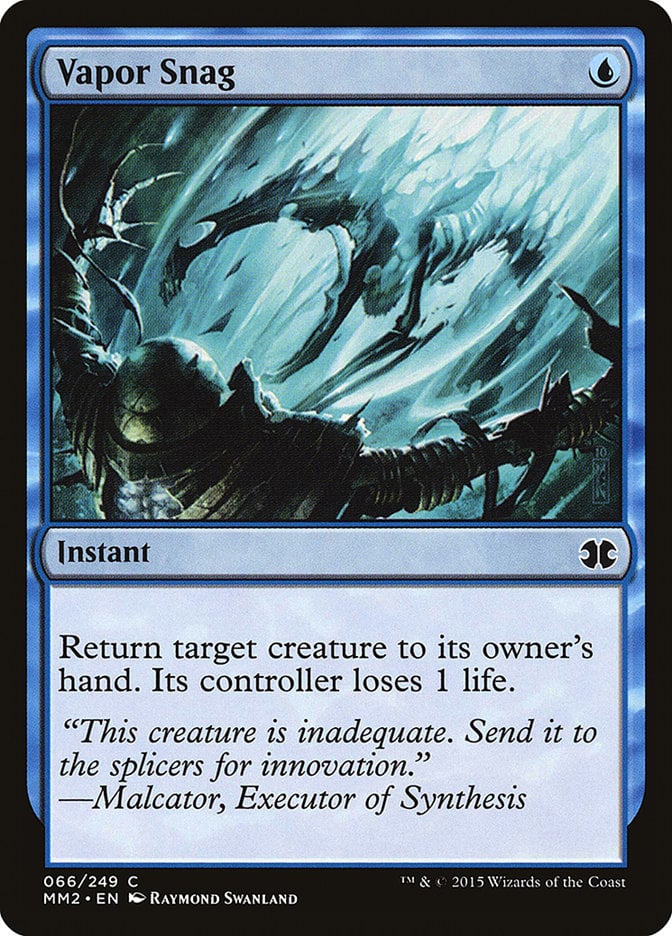
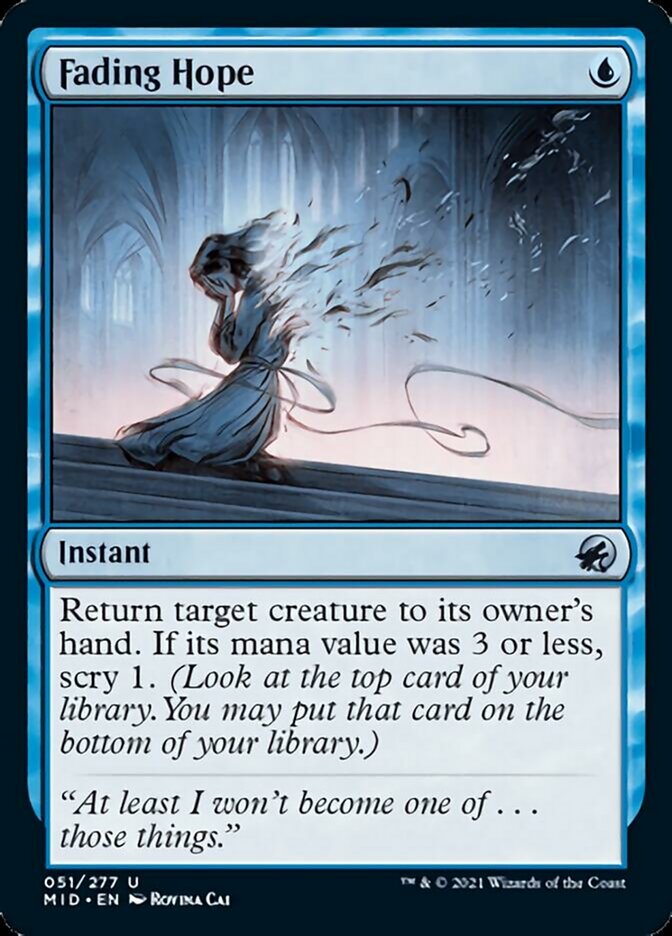

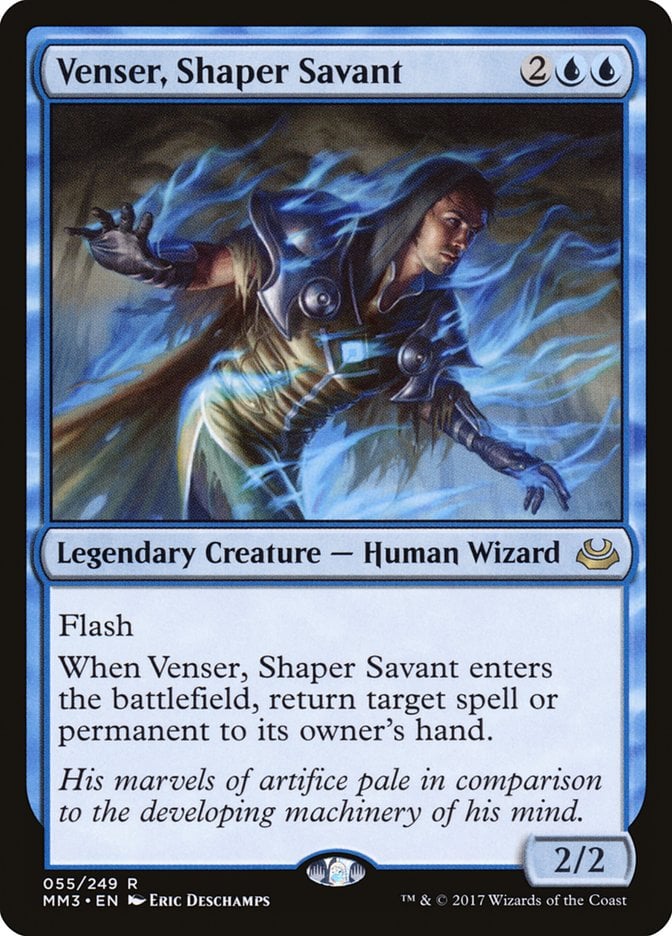
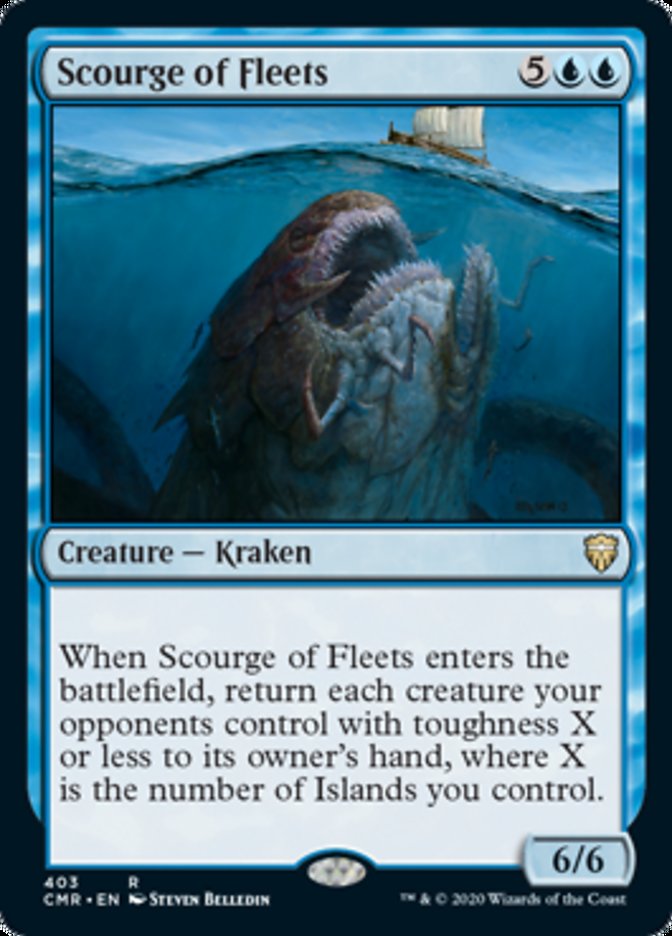


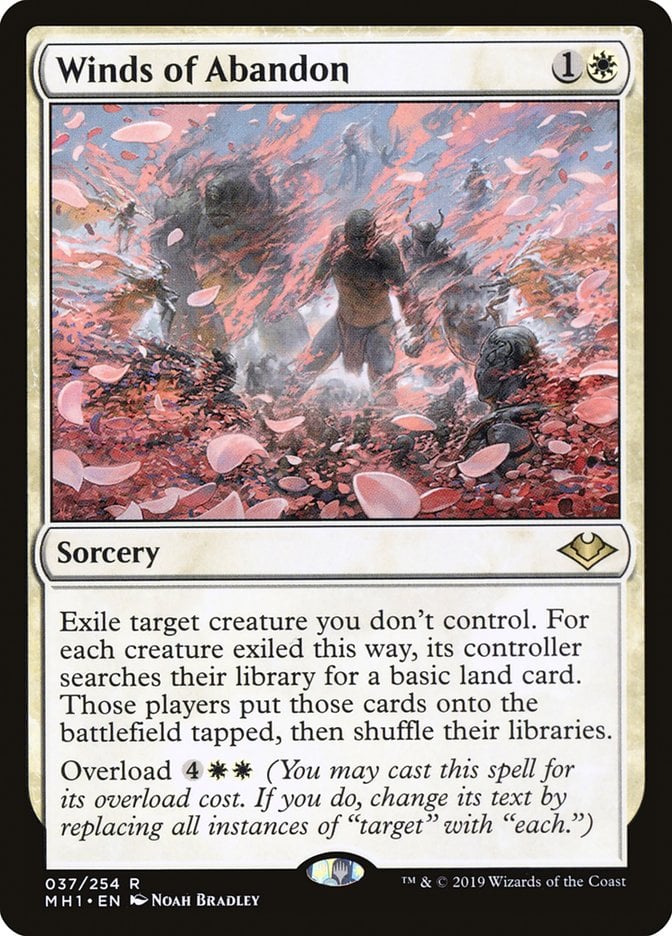
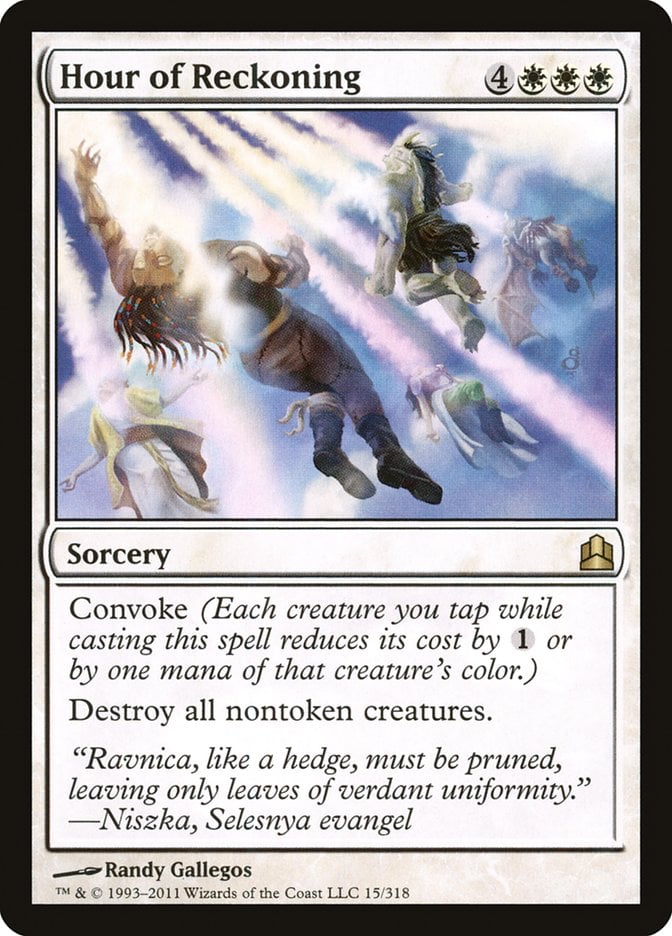
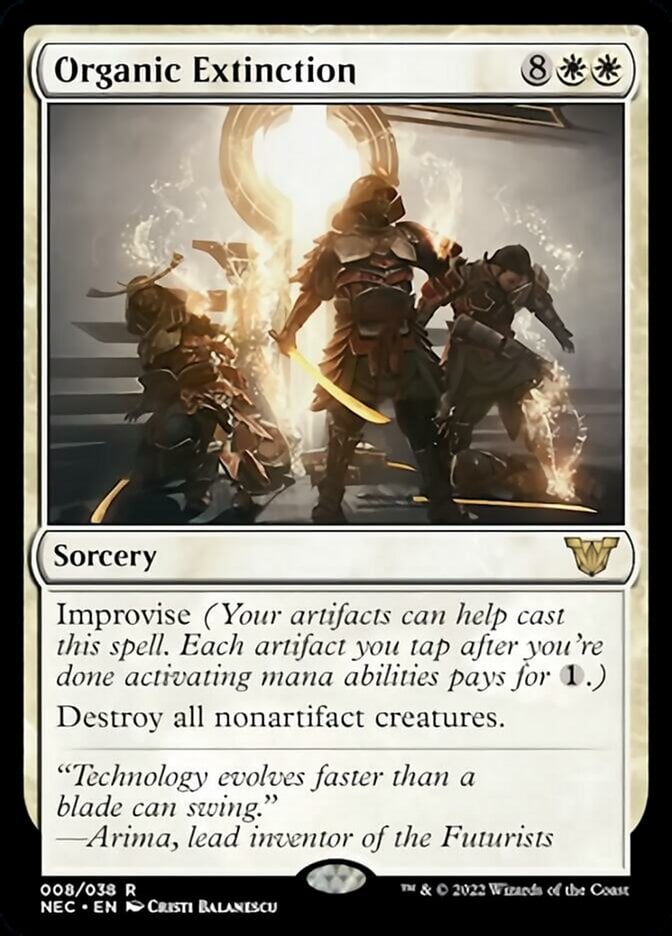
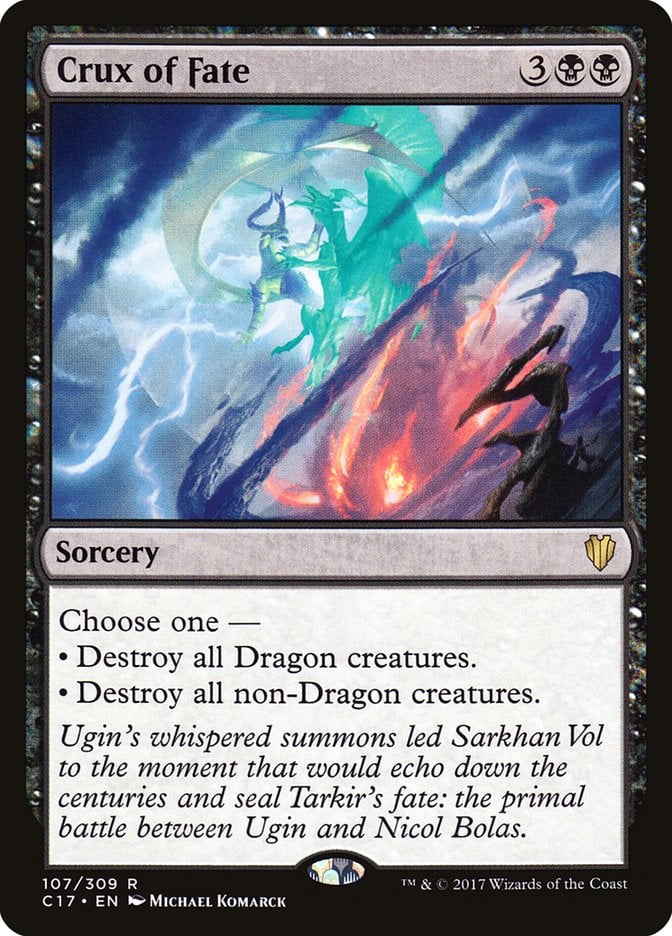
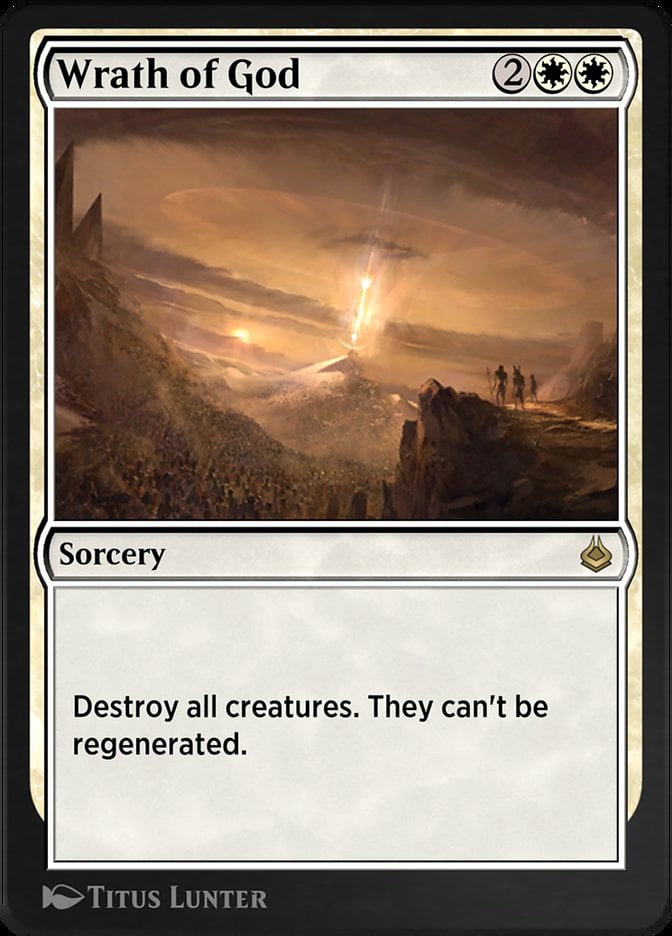

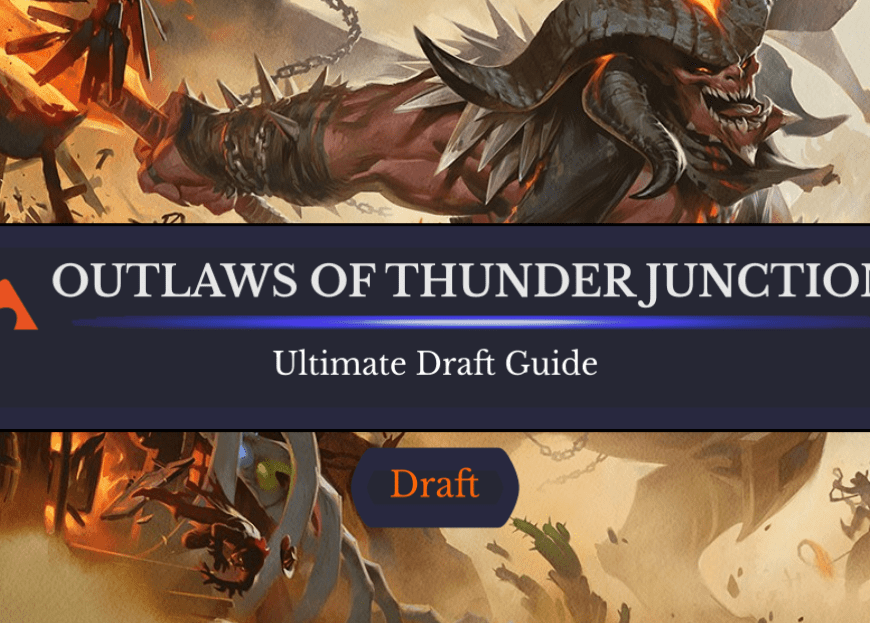
1 Comment
to me I would house rule the removal spells, right now, nothing sticks, you can only play with your mates, if you go out of your way to play with strangers it is imposible to have something on the table, the power creep is just too much, and there is a lot of cheep removal, board wipes and exile wipes… too much to be fun anymore…
Add Comment